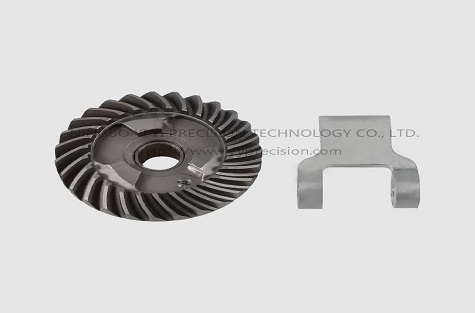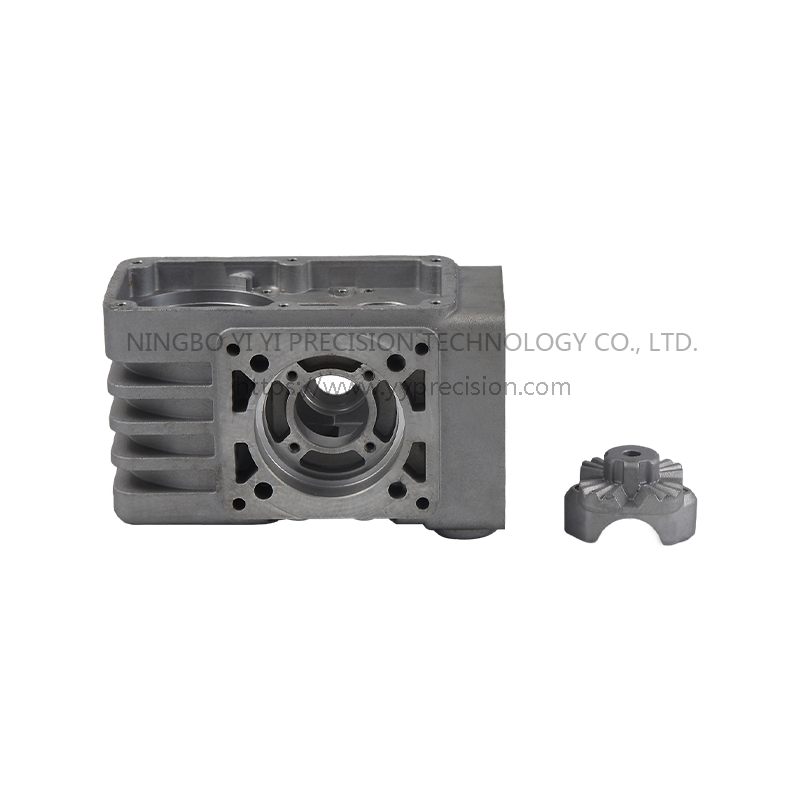Stainless Steel Crank Shaft
Material:Shaft

The smooth surface finish of precision die casting parts is a significant advantage of the manufacturing process.
High-Quality Dies: Precision die casting utilizes high-quality dies (also known as molds or tooling) made from durable materials, such as steel. These dies are precisely machined to create the desired part shape. The quality of the dies contributes to the accuracy and surface finish of the final parts.
Pressure and Injection Speed: During the die casting process, molten metal is injected into the die under high pressure. The combination of pressure and controlled injection speed ensures that the molten metal fills all the cavities in the die, resulting in a smooth and uniform surface finish.
Cavity Design: The design of the die's cavities plays a crucial role in achieving a smooth surface finish. The mold's cavity is designed to minimize turbulence and air entrapment, which can lead to surface defects. A well-designed cavity helps the molten metal flow smoothly and evenly, resulting in a better surface finish.
Die Lubrication: Proper die lubrication is essential to prevent sticking and ensure smooth ejection of the part from the die after solidification. Lubricants also help reduce wear and tear on the die, contributing to consistent surface finishes over multiple cycles.
Thermal Control: Precision die casting involves maintaining precise temperature control of both the molten metal and the die. This helps prevent premature solidification and allows the molten metal to flow smoothly, resulting in a more even surface finish.
Minimized Porosity: Porosity, which can create surface imperfections, is reduced through the die casting process due to the high pressure used to fill the die. This pressure minimizes the formation of gas pockets that can cause porosity, leading to a smoother surface.
Minimal Post-Processing: Unlike some other manufacturing processes, precision die casting often requires minimal post-processing to achieve the desired surface finish. This reduces the need for additional machining or finishing steps that might otherwise be required to achieve a smooth surface.
Tooling Maintenance: Regular maintenance of the die casting tools is essential to ensure consistent and high-quality surface finishes. Properly maintained tooling helps prevent defects and wear that could negatively impact the surface finish.
Material Selection: The choice of casting material can also impact the surface finish. Some materials are better suited for achieving smoother finishes due to their flow characteristics and solidification behavior.
ZINC ALLOY DIE-CASTING
Reducer Housing To Reduce Weight
Material: Zinc Alloy
Weight: 2KG